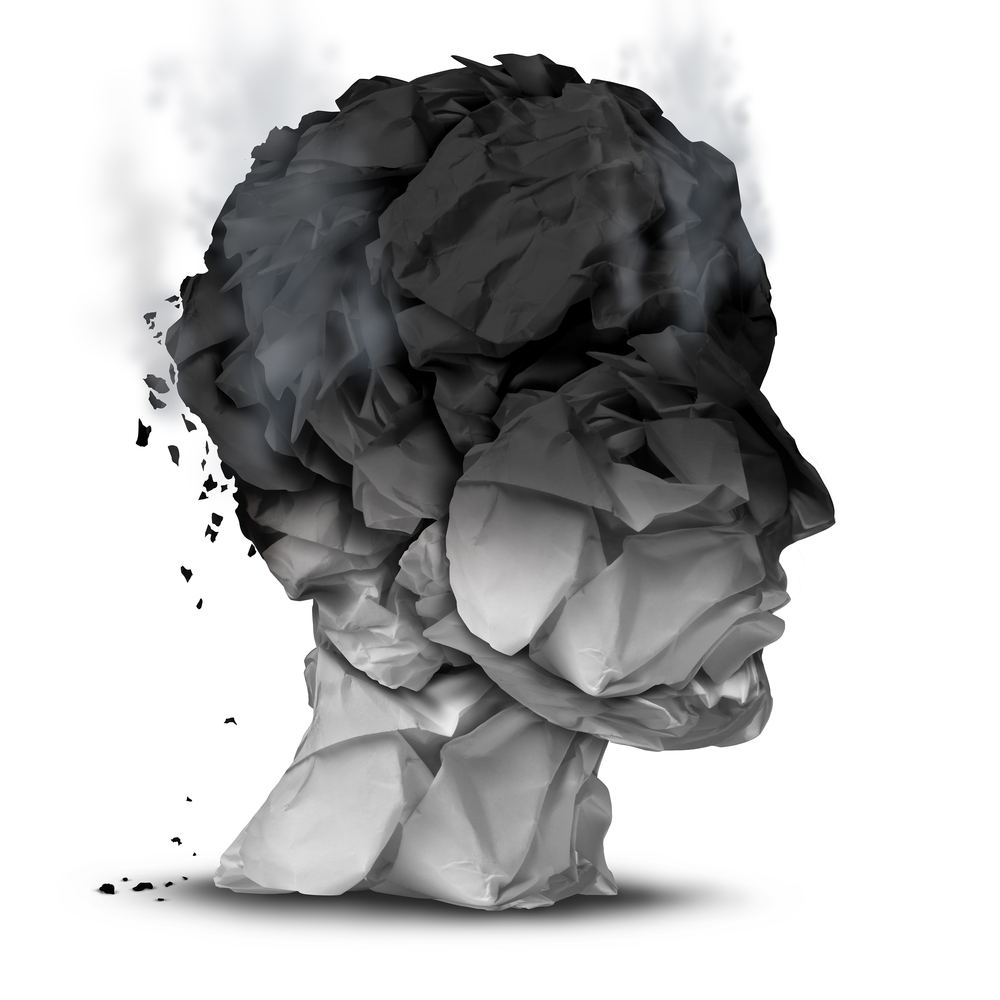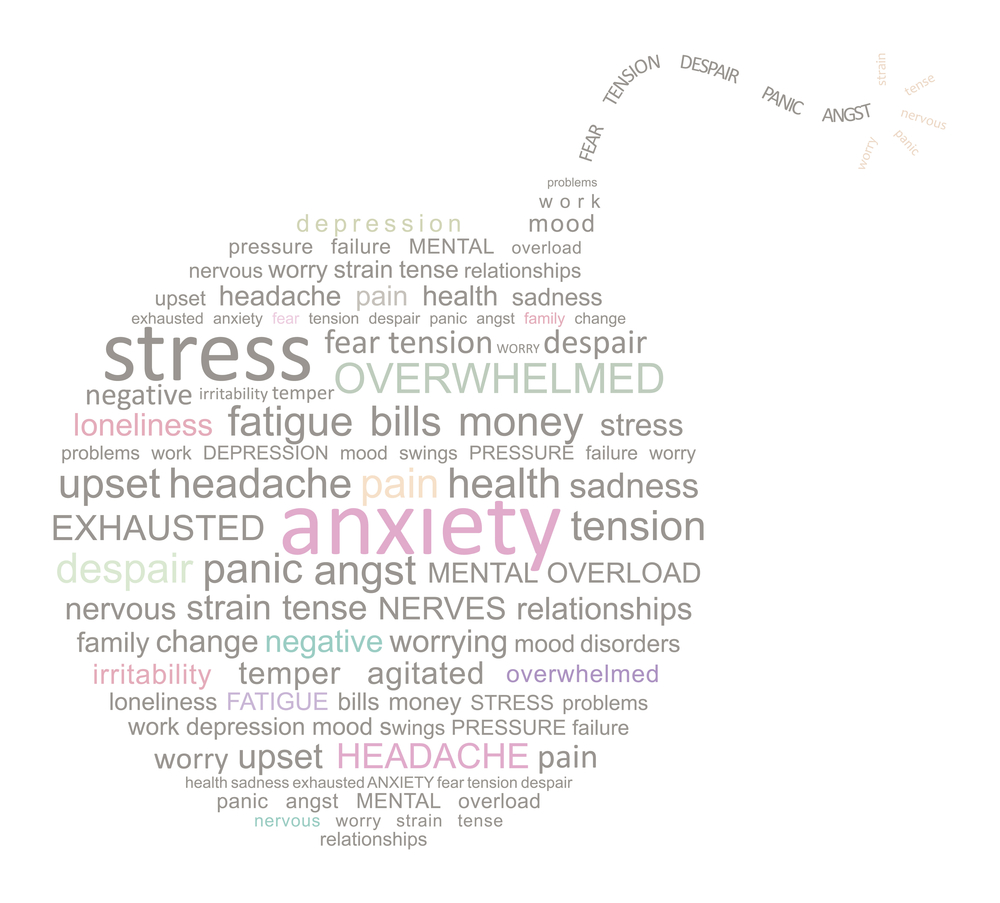Stress goes hand in hand with much of what we do every day. For the most part, we’re able to handle the stress and keep it under control. Then we get up the next day and do it over again.
 As acknowledged in Part One of this two-part series on burnout, we all have certain levels of stress in our work and careers. But if that stress is continuous and it’s stretching us too thin, then it can predispose us to develop burnout. Burnout is one of those things that doesn’t just go away. Someone dealing with burnout is a bit like an old rechargeable battery that gets depleted quickly and cannot hold a charge for very long.
As acknowledged in Part One of this two-part series on burnout, we all have certain levels of stress in our work and careers. But if that stress is continuous and it’s stretching us too thin, then it can predispose us to develop burnout. Burnout is one of those things that doesn’t just go away. Someone dealing with burnout is a bit like an old rechargeable battery that gets depleted quickly and cannot hold a charge for very long.
Broadly speaking, burnout is caused by job-related stress. However, there isn’t really a consensus on what exactly it is or what causes it, as it shares a lot of symptoms with things like depression, anxiety disorder, and chronic fatigue syndrome. You can’t get a medical diagnosis of “burnout.” Researchers point out that individual factors, such as personality traits and family life, influence who experiences job burnout.
So while burnout might not be considered a mental health illness, according to the World Health Organization, it is definitely a mental health issue. Burnout is characterized as “a syndrome resulting from chronic workplace stress that has not been successfully managed.”
What is Burnout?
First, it’s important to note that burnout isn’t something you can catch and get over like a common cold. Some studies have shown that chronic stress—the kind associated with causing burnout—actually thins out the frontal cortex. This is a physical alteration of the brain normally associated with ageing, that can have long-term effects on memory, creativity, and attention spans.
Chronic stress has also been shown to cause young people to suffer from strokes, at ages where it’s practically unheard of to suffer that type of medical condition.
According to Dr. Sherrie Bourg Carter writing in Psychology Today, “Burnout doesn’t happen suddenly. You don’t wake up one morning and all of the sudden “have burnout.” Its nature is much more insidious, creeping up on us over time like a slow leak, which makes it much harder to recognize.”
 So, it’s important to recognize what burnout actually is, as most experts agree that it is characterized by these main dimensions:
So, it’s important to recognize what burnout actually is, as most experts agree that it is characterized by these main dimensions:
- An overwhelming sense of energy depletion or exhaustion – feeling physically and mentally drained;
- Increased mental distance, depersonalization or alienation, to the point of cynicism towards one’s job, coworkers, and customers/clients;
- Reduced professional efficacy and productivity, including having difficulty doing everyday tasks at work or at home, difficulty or inability to concentrate, and/or experiencing a lack of creativity
Burnout Symptoms
We can all go through brief and mild to moderate levels of the following symptoms, but watch for prolonged and/or intense instances of the following:
Fatigue: More than just periods of tiredness or momentary lack of energy, but physical or emotional exhaustion.
Insomnia: We can occasionally have difficulty sleeping, but watch for more consistent trouble with falling or staying asleep, which will contribute to the exhaustion mentioned above.
Addiction: Having a drink after a tough day is one thing, but behaviours like heavy drinking or drug use, or more chronic overeating causing weight gain are signs of burnout.
Loneliness: You feel alone even when you aren’t, and go out of your way to avoid the company of others to the point of being frustrated if people talk to you.
 Inadequacy: You feel like you’re unqualified or undeserving of your position, and feel like you’re letting down everyone in your personal and professional life.
Inadequacy: You feel like you’re unqualified or undeserving of your position, and feel like you’re letting down everyone in your personal and professional life.
Anger: Being quick to anger or becoming outraged over inconsequential things, frequent arguments or angry outbursts with coworkers, family, and friends.
Cynicism: Once optimistic, you come to believe you’ll fail and there’s no use even starting or trying anything. Sufferers of burnout may also be overly critical of others.
Numbness: Outright dread in going to work, spending time with family/friends and feeling no joy in accomplishments, occasions or activities that you once enjoyed.
Illness: An increase in headaches, colds, infections or flu due to a weakened immune system.
Lack of attention: Struggling to get started or procrastinating excessively on tasks, not being able to focus on things you once could and missing deadlines.
Pandemic Burnout
Chronic stress and burnout have steadily increased in recent years. If your work was already causing excessive stress, exhaustion, and negativity in your life, then the pandemic has probably only magnified it.
 And according to clinical psychologist Dr. Jamal Lake, most people also simply don’t recognize that they’re on the brink of burnout.
And according to clinical psychologist Dr. Jamal Lake, most people also simply don’t recognize that they’re on the brink of burnout.
“If you experience depression or anxiety symptoms, it is important to seek out professional assistance in order to address these symptoms before they become chronic and potentially accelerate burnout,” he says.
In short, burnout can creep up. Pay attention to how you feel and don’t ignore a feeling that something is wrong. Your mental health is worth protecting.
Do you need to discuss a career, HR, or training-related matter? Reach out today for a free and confidential initial consultation by phone, email, or via direct message on Twitter, Facebook or LinkedIn.
More than career coaching, it’s career psychology®.
I/O Advisory Services Inc. – Building Resilient Careers and Organizations.™



